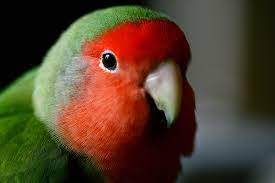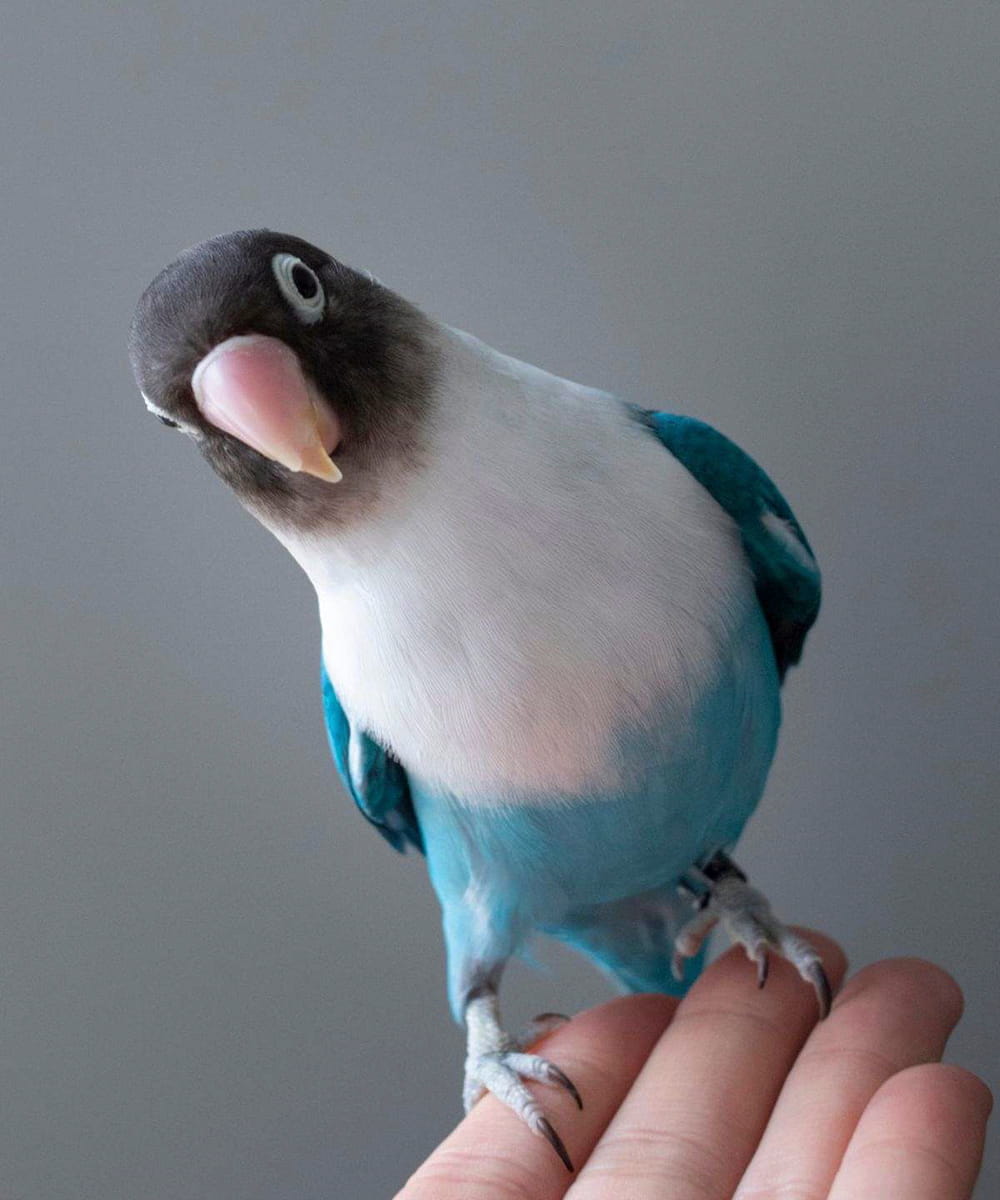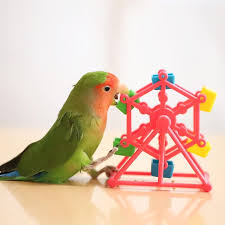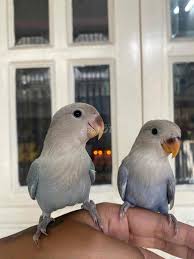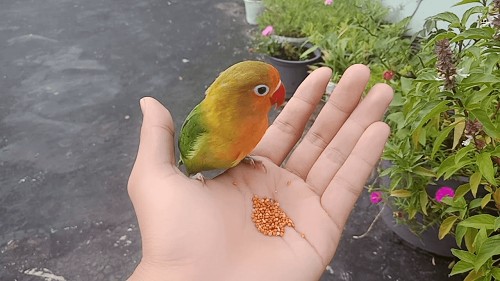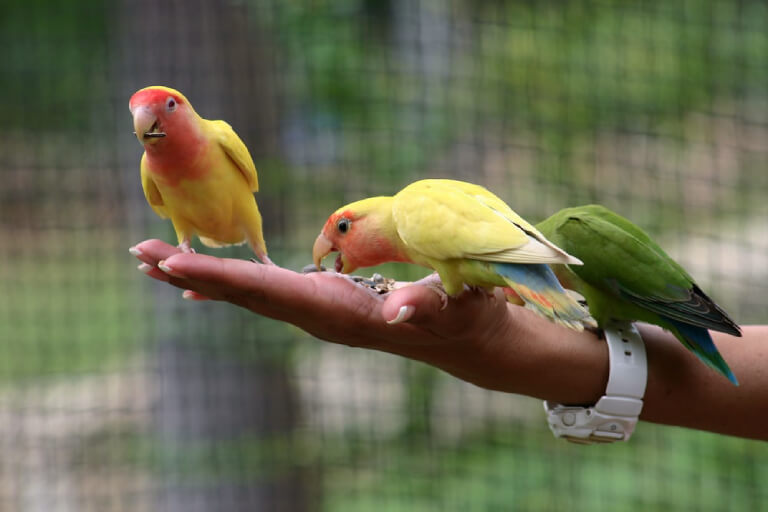“Lovebirds: Using Their Beaks as a Third Limb, Researchers Discover Their Remarkable Climbing Abilities”

Lovebirds, those adorable and colorful parrots, have a surprising trick up their feathers when it comes to climbing. Researchers have recently found that lovebirds utilize their beaks as a propulsive third limb during their climbing endeavors, with the strength and effectiveness comparable to the arms of a rock climber.

In the animal kingdom, most creatures have an even number of limbs—two arms, two legs—to navigate their surroundings. However, some species have evolved ingenious workarounds to this biological norm. Kangaroos, for instance, employ their tails as a fifth limb to aid in propulsion. Now, scientists are captivated by the lovebirds, who have managed to think outside the bilateral box.
In a study published in the journal Proceedings of the Royal Society B, researchers shed light on the fascinating behavior of lovebirds as they employ their beaks as a third limb to facilitate tree climbing. While observations of parrots using their beaks during climbing were noted before, it remained uncertain whether the beaks actively propelled them forward or merely provided stability.
To gain deeper insights into this unique gait, scientists brought six rosy-faced lovebirds into the lab. They utilized high-speed cameras and sensors to meticulously track the birds’ movements on varying incline angles. Analyzing the gathered data, they discovered that lovebirds intermittently employ their beaks as a third limb when the slope exceeds 45 degrees. Remarkably, when faced with completely vertical surfaces at a 90-degree angle, lovebirds utilize their beaks as a third limb 100 percent of the time during climbing.
Additionally, the study revealed that the power exerted by lovebirds’ beaks rivals that of their legs in their cyclic tripedal gait. Accounting for their weight, the beaks’ force equaled or surpassed the strength of a rock climber’s arms or the forelimbs of other climbing primates.
By using their beaks as propulsive limbs, lovebirds share similarities with kangaroos and spider monkeys, which employ their tails for forward propulsion. In contrast, crocodiles and giant anteaters simply drag their long tails while walking. This discovery underscores the remarkable adaptability and ingenuity of lovebirds, integrating their faces into their stride cycle in an incredible manner.
Although the exact evolutionary reason behind this behavior remains unclear, researchers speculate that lovebirds’ unique style of climbing, involving alternating leg movements rather than hopping, necessitated adaptations in their neck muscles and nervous systems.
The paper states, “Parrots rarely hop and appear to have lost this ability somewhere in their evolutionary history. The use of the beak as a propulsive third limb may be either a consequence of, or the causal factor driving, the loss of this ability.”
Despite the unconventional oddity of having an odd number of limbs—a phenotype traditionally considered forbidden—lovebirds, akin to kangaroos and a select few animals, seem to have overcome nature’s inclination for symmetry. Hence, besides being cherished household pets, lovebirds also represent a fascinating scientific anomaly.

